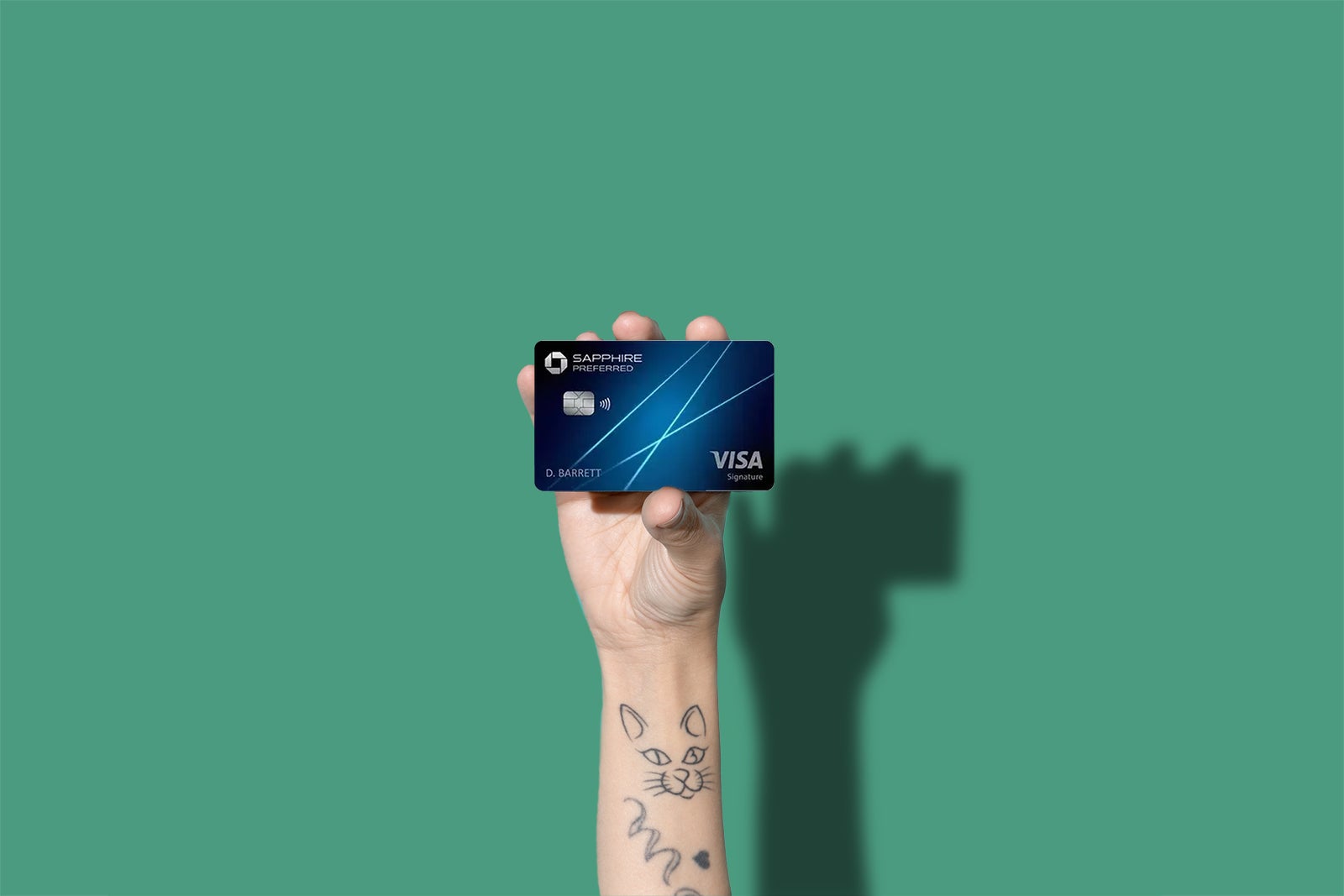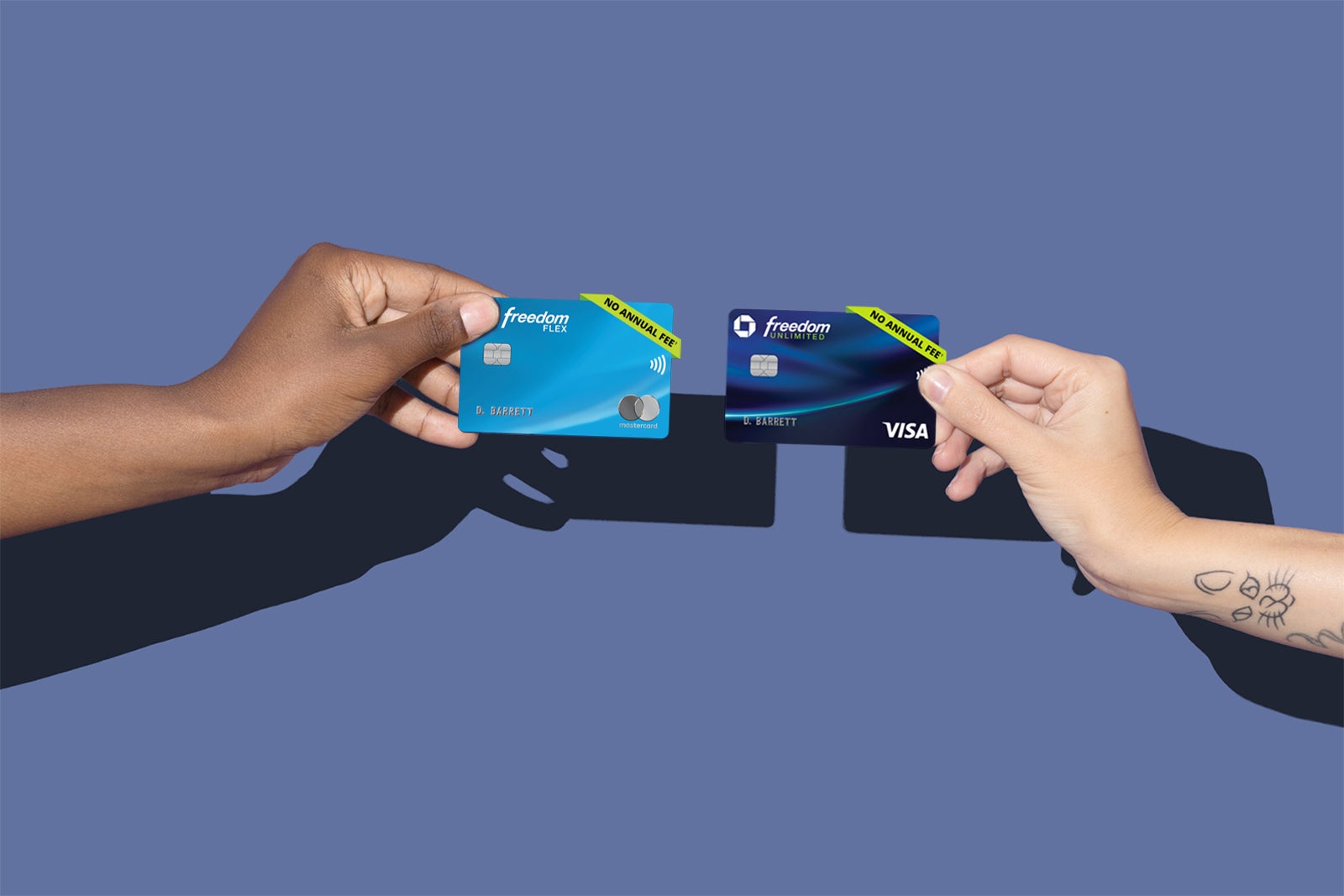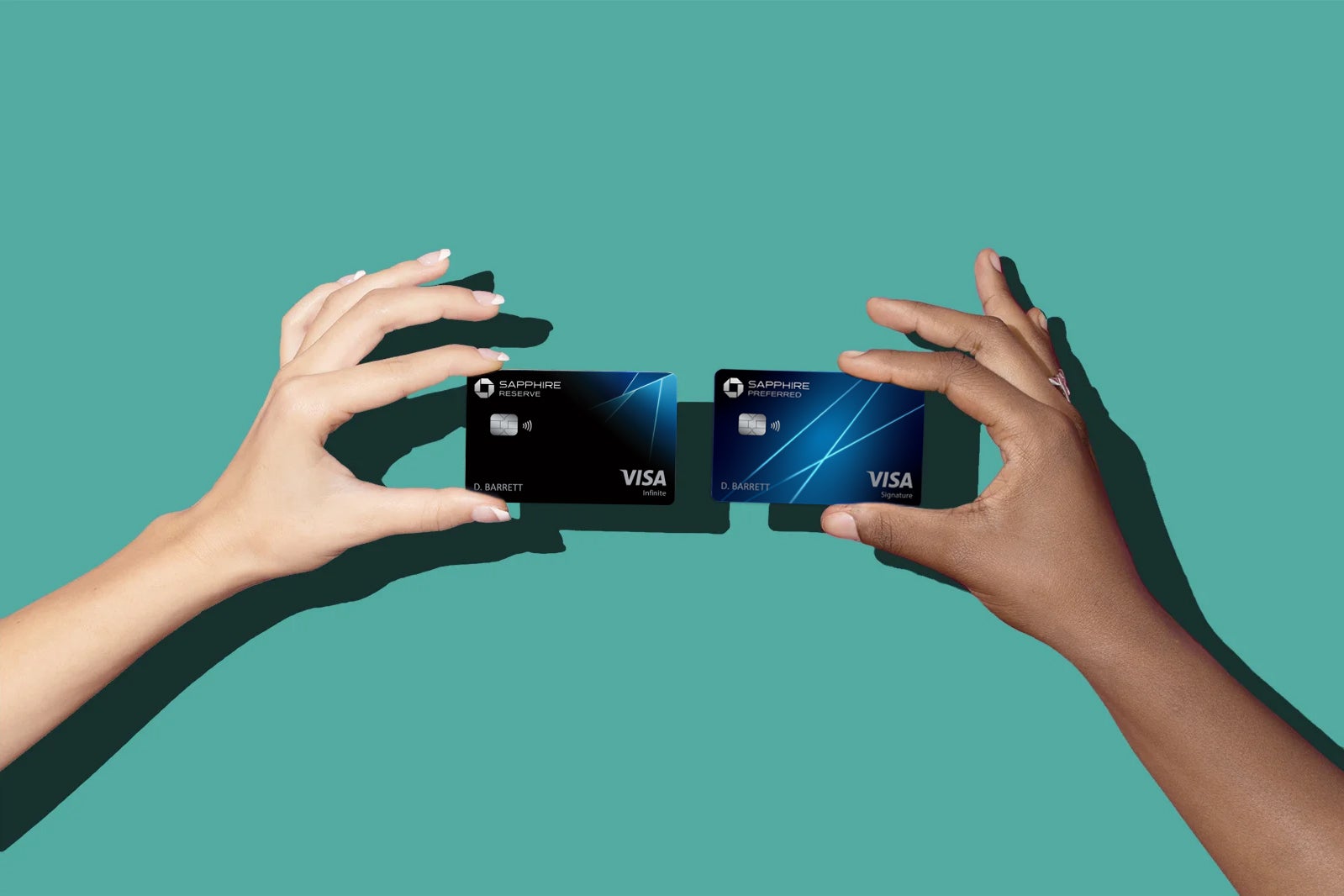HOSTED BY: 1 AIR TRAVEL
Editor’s note: This is a recurring post, regularly updated with new information and offers.
Choosing the right travel rewards credit card can be a tricky proposition. The sheer volume of options can seem overwhelming, but it’s a critical decision when you are seeking to maximize your everyday purchases and unlock valuable rewards like free hotel stays and award flights.
The Chase Sapphire Preferred® Card is currently offering a limited-time offer of 75,000 Ultimate Rewards points after you spend $4,000 on purchases within the first three months from account opening. That’s $938 in travel when you redeem through Chase Travel℠ — and TPG values it at $1,538 when you utilize Chase’s 11 airline and three hotel transfer partners.
The Sapphire Preferred is among our most recommended credit cards, especially for travel beginners. Today, we’ll take a look at who should (and should not) apply for it.
Card overview
Let’s start with a quick review of the key, ongoing benefits of the Chase Sapphire Preferred:
$50 yearly hotel credit when reserving your stay through the Chase Travel portal10% bonus points annually (based on spending)No foreign transaction feesPrimary car rental coverage, saving you from filing a claim with your own insurance company when your rental car is damagedTrip delay and cancellation insuranceBaggage delay insurance
THE POINTS GUY
You’ll also get some great earning rates on the card:
5 points per dollar on travel booked through the Chase Travel portal5 points per dollar on Peloton equipment and accessory purchases of $150 or more — with a limit of 25,000 points — through March 20255 points per dollar on Lyft through March 20253 points per dollar on dining, select streaming services and online grocery store purchases (excludes Target, Walmart and wholesale clubs)2 points per dollar on all travel not booked through the Chase Travel portal1 point per dollar on everything elseAll of this comes at a relatively small price, as the card carries an annual fee of just $95.
Related: How to maximize your earning with the Chase Sapphire Preferred
Who should get the Sapphire Preferred
After considering the card’s benefits, it’s time to decide whether the Chase Sapphire Preferred Card makes sense. Here are some reasons you may want to add this card to your wallet:
You’re looking for your first card with an annual fee
Many beginners think they need to completely avoid cards with annual fees. But if you’ve already started with one of our favorite cards without an annual fee and are ready to take your next step in the points and miles world, the Sapphire Preferred is a great option.
You have the Chase Freedom Flex℠ or Chase Freedom Unlimited®
You’re also a great candidate for this card if you already have the Chase Freedom Flex℠ or Chase Freedom Unlimited® card. Combining the Sapphire Preferred with one (or both) of these cards is one of the best ways to make the most of your points.

THE POINTS GUY
The Ultimate Rewards program lets you freely transfer points between your participating cards. As a result, the points on the two Freedom cards that would usually only be redeemable for cash back can be sent to your Sapphire Preferred account, instantly increasing their value.
You’ll get at least 1.25 cents of value per point when you book travel through the Chase Travel portal, but you can expand that even more by using one of the program’s valuable transfer partners.
You’re a small-business owner with the Ink Business Cash® Credit Card or Ink Business Unlimited® Credit Card
You can utilize the same strategy outlined above if you’re a business owner with the Ink Business Cash® Credit Card or Ink Business Unlimited® Credit Card. While you should keep business and personal expenses separate, you can combine your business and personal rewards.
Here’s what you’ll find at the bottom of the “Combine Points” page when you’re logged in to the Ultimate Rewards site:
Combine points with other Chase credit cards with Ultimate Rewards
You can move your points, but only to another Chase card with Ultimate Rewards belonging to you or one member of your household or owner of the company, as applicable.
As a result, you can apply for the Chase Sapphire Preferred as an Ink Business Cash cardholder and then transfer the rewards from your small-business account to the Sapphire Preferred.
You don’t currently have a card that earns Ultimate Rewards points
The Ultimate Rewards program can be incredibly lucrative if you know how to redeem your points for maximum value.

Ultimate Rewards points get you access to some great redemption options through Chase’s transfer partners, such as Hyatt. SUMMER HULL/THE POINTS GUY
If you don’t currently have a card that participates in the program, the Chase Sapphire Preferred is a great one to get started. As noted above, the card carries a valuable sign-up bonus, lucrative earning rates and several added perks for a minimal annual fee.
Related: The power of the Chase Trifecta: Sapphire Reserve, Ink Preferred and Freedom Unlimited
Who shouldn’t get the Sapphire Preferred
While many travelers should apply for the Chase Sapphire Preferred Card, certain types of travelers shouldn’t go for the card. Here are some reasons the card may not be for you:
You currently have the Chase Sapphire Reserve® Card
The credit card world was turned upside down when the Chase Sapphire Reserve was introduced in August 2016. It comes with a much higher $550 annual fee and a slew of premium travel benefits.
However, a downside to having the Sapphire Reserve is that it prevents you from being eligible for the Chase Sapphire Preferred.
You’ve received a sign-up bonus from any Sapphire card in the last 48 months
When Chase decided to prevent current Sapphire Reserve cardholders from signing up for the Sapphire Preferred (and vice versa), restrictions were added for how often you can earn a sign-up bonus from a Sapphire credit card. You can’t earn a sign-up bonus on the Sapphire Preferred card if you earned one from any Sapphire card in the prior 48 months.

THE POINTS GUY
As a result, if you recently took home a bonus on a Sapphire card, be sure to wait at least four years before applying for the Chase Sapphire Preferred.
Related: Chase Sapphire Preferred vs. Chase Sapphire Reserve
You’ve applied for 5 or more cards from any issuer in the last 24 months
The final type of individual who shouldn’t apply for the Sapphire Preferred is someone affected by the notorious Chase 5/24 rule. If you’re unfamiliar, Chase will typically deny your application if you’ve opened five or more new credit cards in the last 24 months (hence the “5/24” moniker).
Note that the 5/24’s unpublished rule even includes accounts on which you’re an authorized user. If you currently have five or more new credit cards on your credit report, avoiding applying for the Sapphire Preferred is probably wise since you’ll likely be disappointed.
Bottom line
The Chase Sapphire Preferred Card is a fantastic option for diving deeper into travel rewards. It provides many opportunities to redeem points for valuable rewards that go far beyond those that simpler, fixed-value cards can provide.
That said, it isn’t the best option for everyone, so consider your unique situation to determine whether the card makes sense for your wallet.
Apply here: Chase Sapphire Preferred with a limited-time 75,000-point sign-up bonus after spending $4,000 on purchases within the first three months from account opening
Title: Who should (and shouldn’t) get the Chase Sapphire Preferred?
Sourced From: thepointsguy.com/guide/who-should-get-chase-sapphire-preferred/
Published Date: Thu, 09 May 2024 15:00:43 +0000
No comments:
Post a Comment